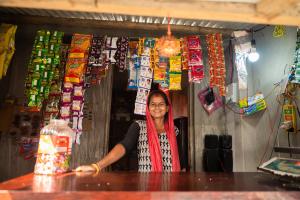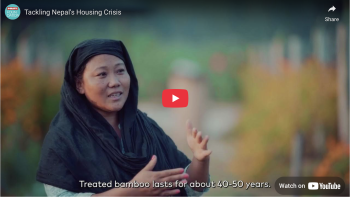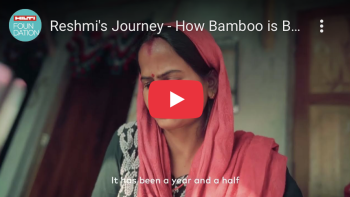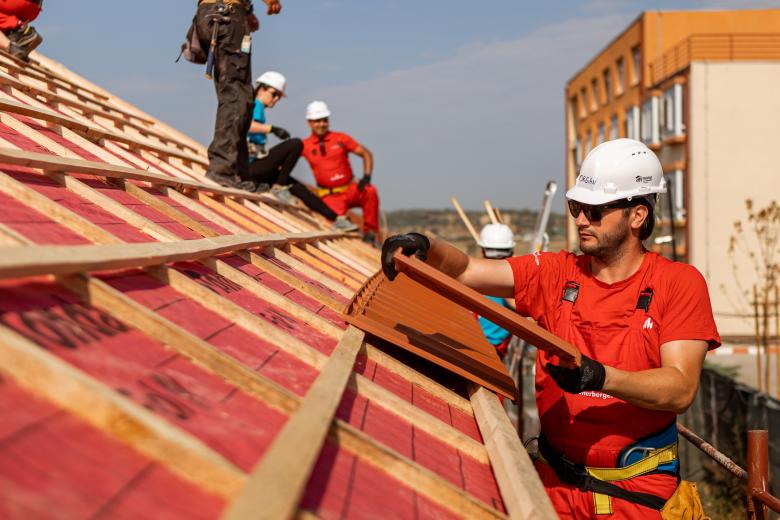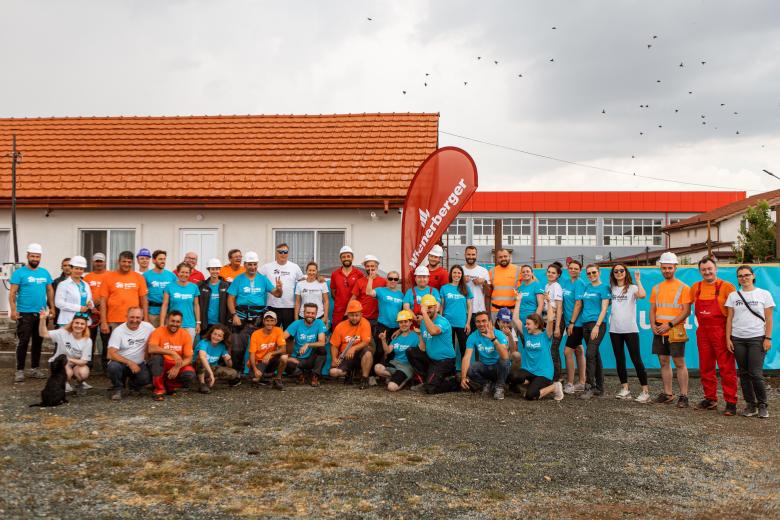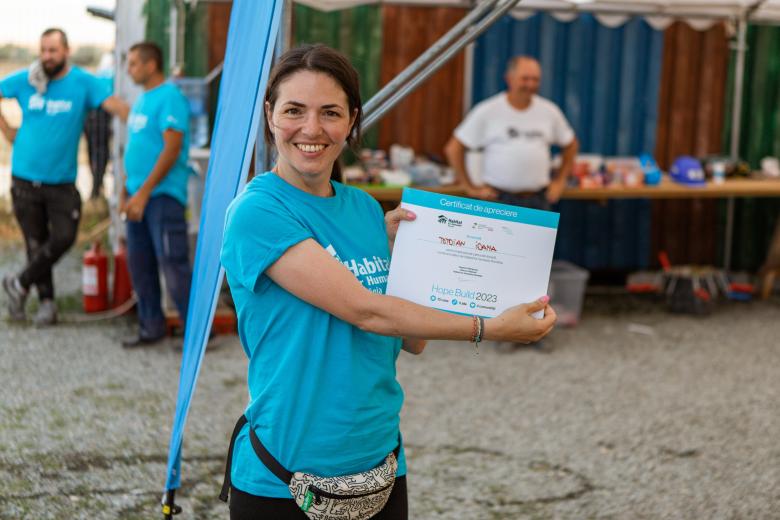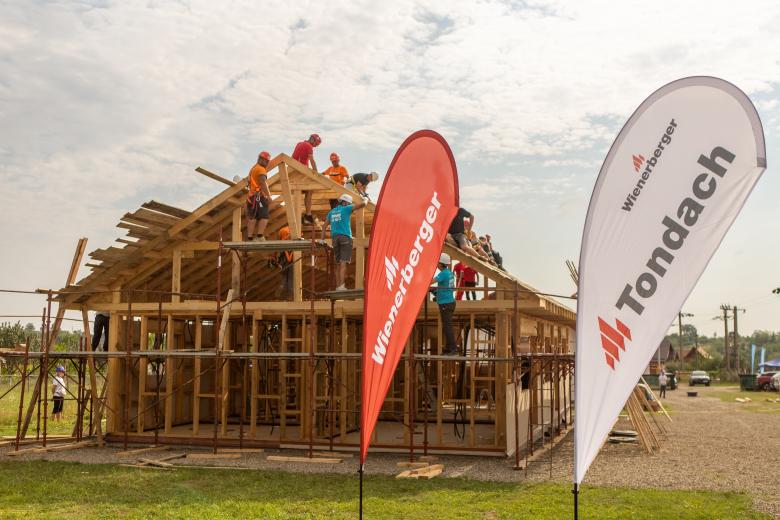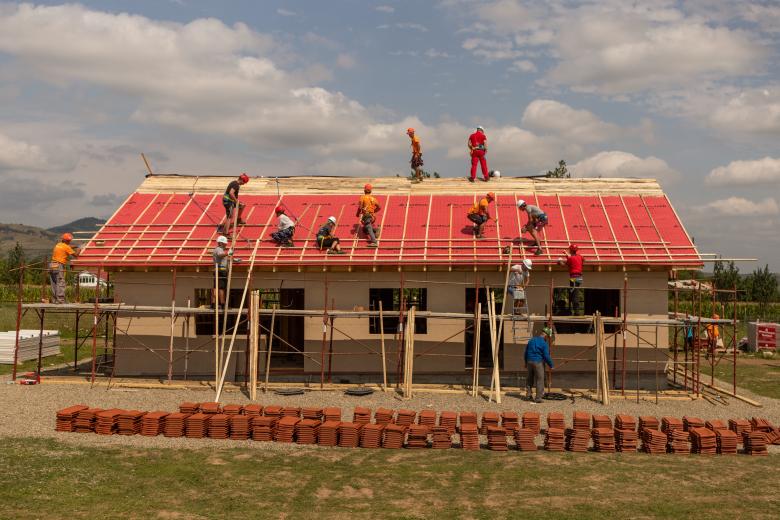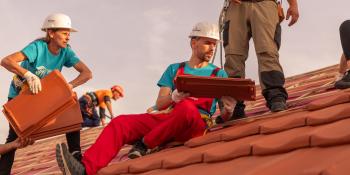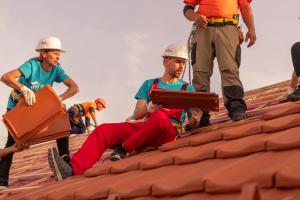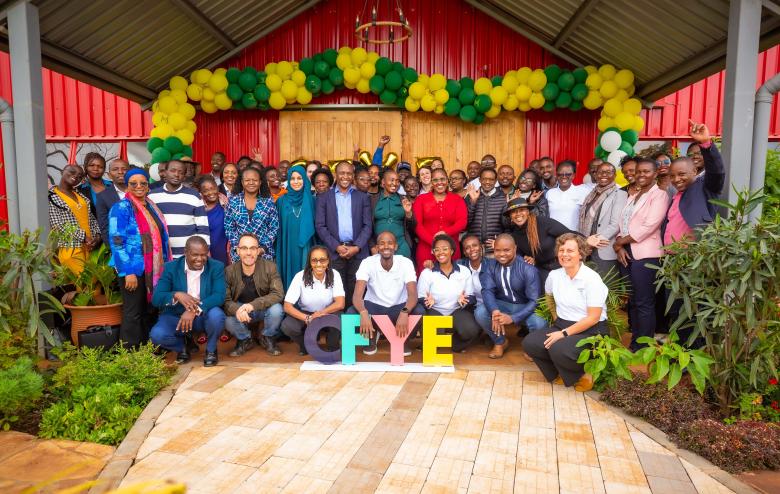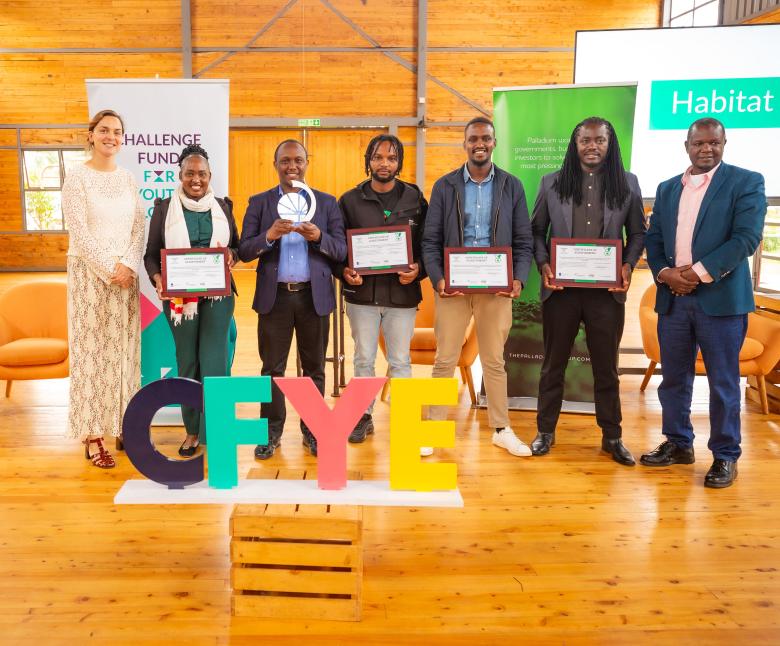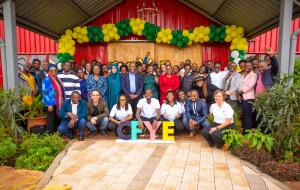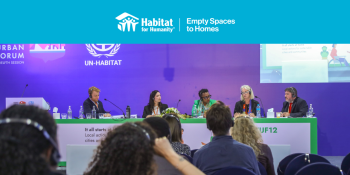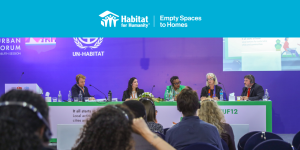Building Stability: Reshmi’s Journey and Nepal’s Bamboo Revolution
Nepal’s traditional bamboo homes have long left families vulnerable to floods, storms, and uncertainty—but a quiet transformation is underway. Through a partnership between Habitat for Humanity and the Hilti Foundation, Cement Bamboo Frame Technology is turning bamboo into a durable, disaster-resilient solution that’s reshaping communities. Reshmi’s story shows how one innovative home can unlock safety, opportunity, and lasting change.
Disclaimer - An article written by Hilti Foundation. All opinions in this article reflect the views of the author(s), not Habitat for Humanity International. June 2025
This article is the result of a partnership between Habitat for Humanity Europe and Middle East and the Hilti Foundation, a European donor that has been supporting transformative projects worldwide since 2012.
Through this collaboration, more than 5 million people have been helped to build or improve their homes by using innovative, eco-friendly, and disaster-resilient shelter technologies.
The Hilti Foundation’s partnership with Habitat for Humanity is grounded in five key pillars:
1. building sustainable and innovative homes using Cement Bamboo Frame Technology,
2. driving innovation and expanding access to affordable housing solutions,
3. facilitating multisector partnerships to address systemic housing challenges,
4. increasing financing opportunities for families to ensure safe and affordable housing,
5. and engaging Hilti volunteers and tools to enhance the speed and quality of home construction.
This article highlights one such transformative initiative in Nepal, where sustainable housing solutions are improving lives and building futures.
Reshmi’s Journey and Nepal’s Bamboo Revolution
The monsoon rains came without mercy, flooding the floors of Reshmi’s bamboo hut. The fragile roof sagged under the downpour, water dripping onto the mud walls as she and her two children huddled in a corner. The jungle loomed just beyond their door, and with it came a constant threat as snakes, insects, and scorpions often found their way inside. Fear was as much a part of life as the extreme rains and winds.
This was not just her reality; it was the reality of millions of families across Nepal’s rural plains, where traditional bamboo homes barely stood up to nature’s relentless forces. For Reshmi, the cycle was exhausting and unending: repairing her home at least once or twice a year, only to see it deteriorate again. Resources that could have gone to her children’s education or medical care were swallowed by the constant need for repairs.
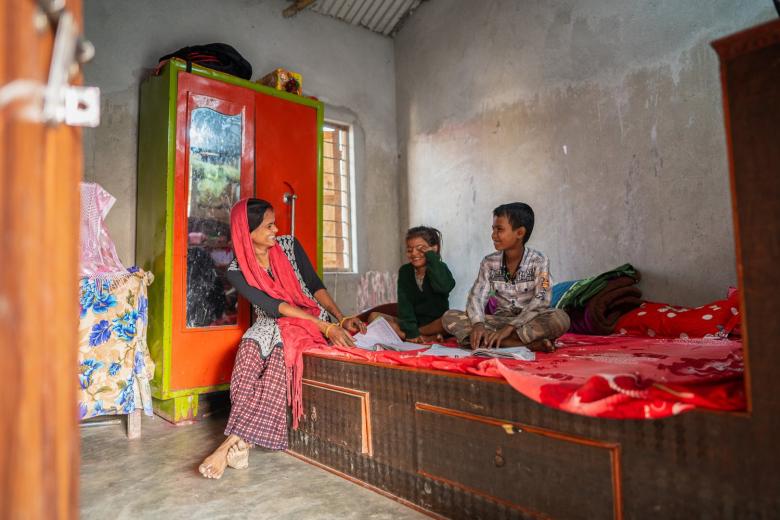
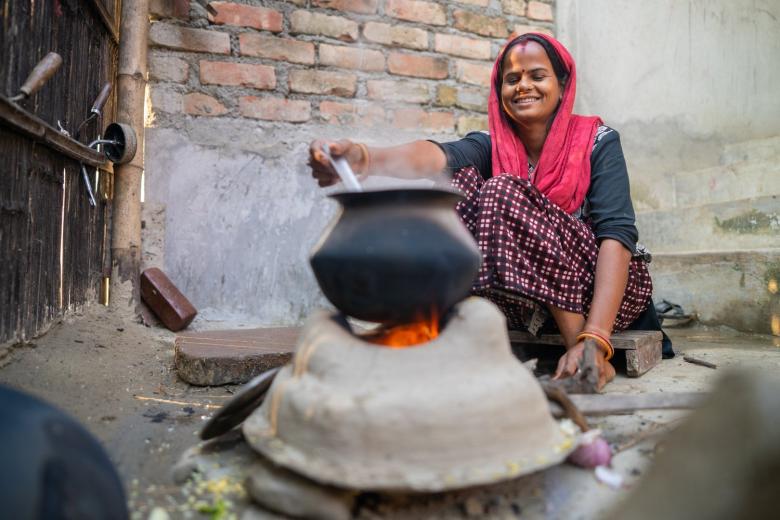
Nepal’s Housing Crisis
Reshmi’s struggles are echoed across Nepal, where nearly half the population lives in substandard housing. Traditional bamboo homes, though affordable and culturally significant, are fragile and short-lived. Withstanding Nepal’s frequent natural disasters—monsoons, landslides, and earthquakes—was nearly impossible for these structures. The 2015 earthquake destroyed over 600,000 homes, leaving families like Reshmi’s in an unbreakable cycle of poverty and rebuilding on informal land, in constant fear of eviction.
In Nepal’s Terai region, where bamboo is abundant, the material has long been a cornerstone of rural life. It is used for everything from cradles, through houses, to funeral biers. However, untreated bamboo, susceptible to pests, moisture, and decay, offers little protection against the elements. This reputation as a “temporary material” limits its potential, leaving communities vulnerable year after year.
A Turning Point: Introducing Cement Bamboo Frame Technology
Change began when Reshmi’s community was introduced to a housing program utilizing Cement Bamboo Frame Technology (CBFT), an innovation spearheaded by the Hilti Foundation and the BASE Bahay Foundation. CBFT transforms bamboo into a durable, disaster-resilient material. By treating bamboo to resist pests, moisture, and rot and reinforcing it with modern building practices, CBFT homes could withstand earthquakes of magnitude 7-8 and typhoon winds of up to 300 km/h.
Reshmi embraced the program with hope. She helped with the construction of her new house and carried gravel, sand, and soil to the site. She even did the electrical work. “All of this makes me very happy,” she says, reflecting on her involvement.
Reshmi’s Transformation
The finished house stood sturdy and secure, with three rooms: a kitchen and two bedrooms. For the first time, Reshmi no longer feared the rains. The flooding, the fear of scorpions and snakes, and the endless repairs were behind her. “Cleaning is much easier now,” she says.
Freed from the cycle of repairing and maintaining her home, Reshmi opened a general store and a tailor shop. These businesses thrived, and her income now supports her family’s needs, including sending her children to boarding school.
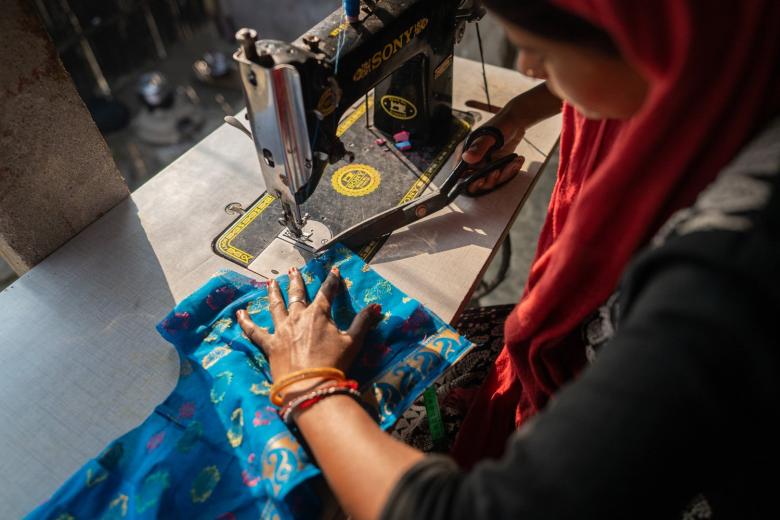
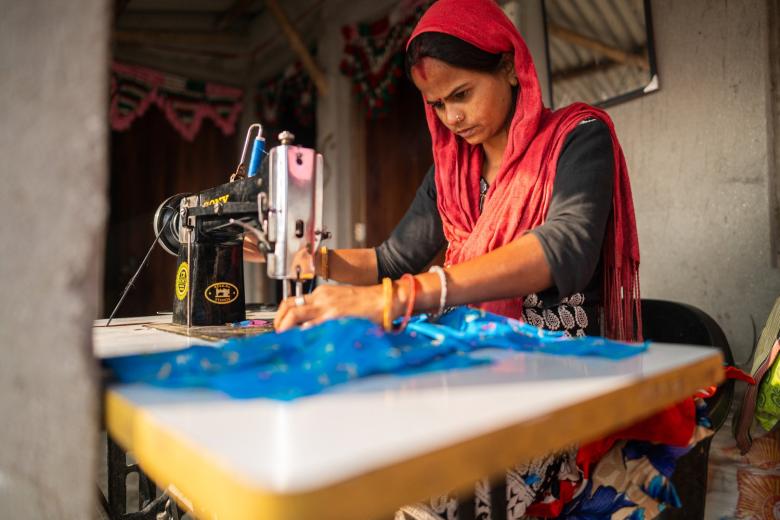
Scaling the Solution
Reshmi’s story is part of a larger movement to transform bamboo from a symbol of impermanence into a cornerstone of resilient housing. The Hilti Foundation, in partnership with Habitat for Humanity, has built over 850 CBFT homes in Nepal, providing stability to families across the country. Beyond individual homes, the initiative is creating a bamboo-based economy, with treatment facilities, nurseries for quality bamboo seedlings, and training programs for local builders.
Through collaboration with Nepal’s Ministry of Urban Development, the country’s first national bamboo construction guidelines have been developed, paving the way for bamboo to be included in affordable housing programs. Bamboo has the potential to create an entire industry, and transform housing in Nepal and beyond. Today, Reshmi stands outside her CBFT home, confident and hopeful. Her children study without interruption, and her businesses continue to grow.
“Once the new house was built, we were able to earn a living. It has given us peace,” as she put it.
As Nepal scales its bamboo construction efforts, stories like Reshmi’s reflect a profound shift. CBFT is not just about building homes—it’s about building futures. Families once trapped in cycles of poverty and rebuilding now have the stability to dream bigger, invest in their communities, and create lasting change.
For Reshmi and countless others, bamboo is no longer a fragile material.
It’s the foundation of a better life.
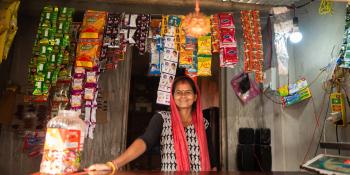
Building Stability: Reshmi’s Journey and Nepal’s Bamboo Revolution
